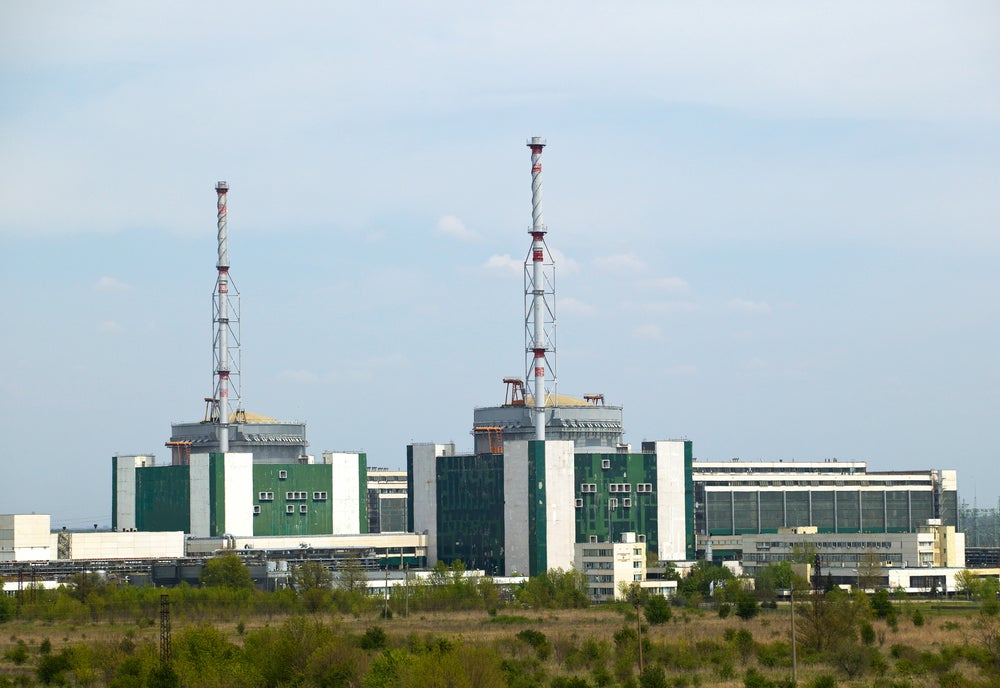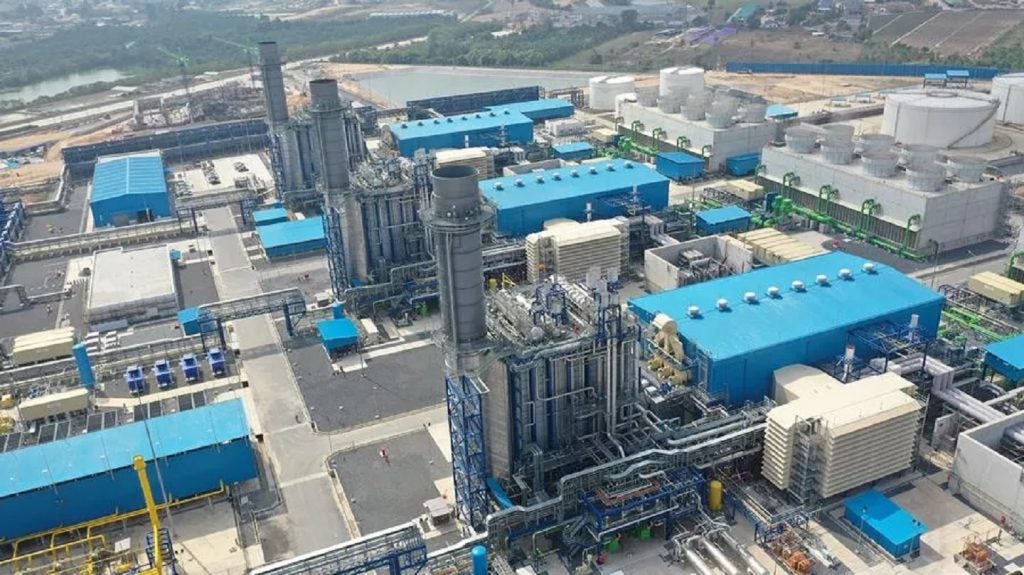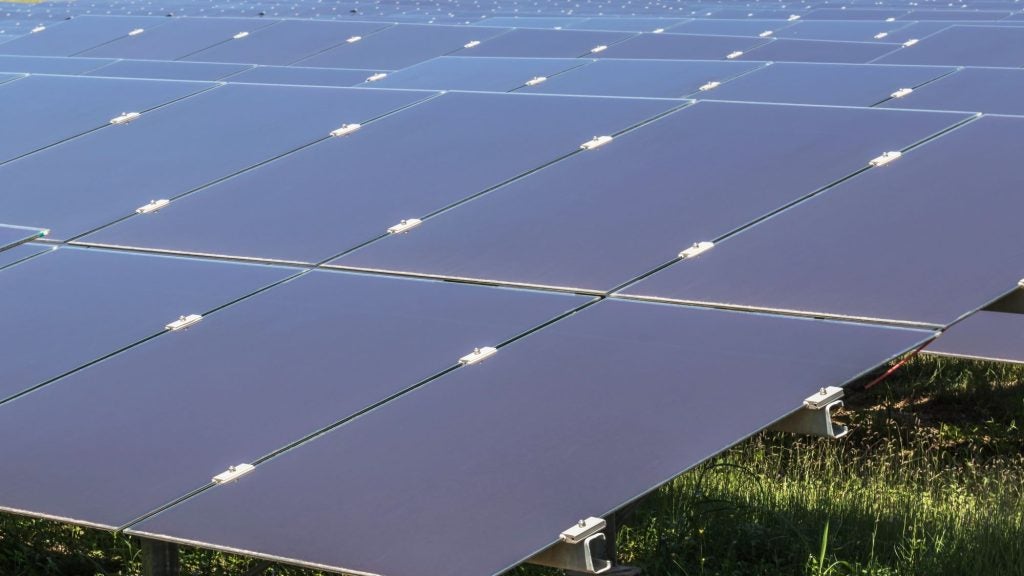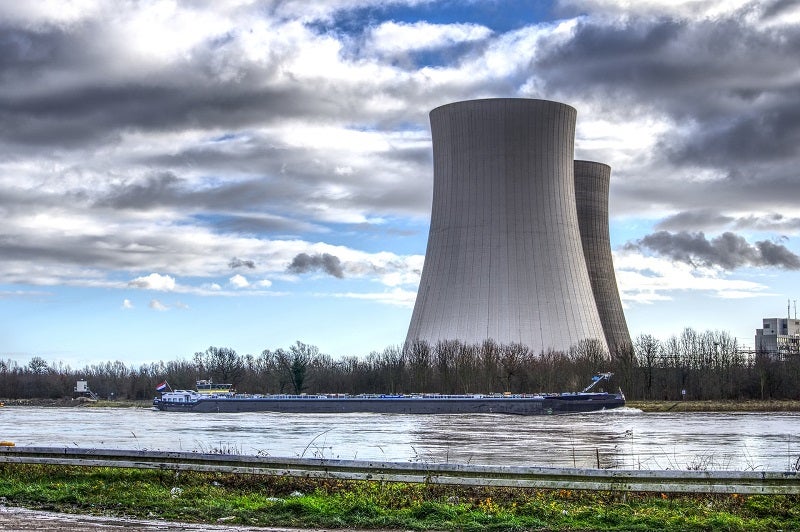Satara Solar Plant is a 28.8MW solar PV power project. It is located in Maharashtra, India. According to GlobalData, who tracks and profiles over 170,000 power plants worldwide, the project is currently active. It has been developed in a single phase. Post completion of construction, the project got commissioned in May 2014. Buy the profile here.
Description
The project was developed by Tata Power Renewable Energy and is currently owned by The Tata Power.
Satara Solar Plant is a ground-mounted solar project which is spread over an area of 130 acres.
The project generates 46,000MWh of electricity.
Development status
The project got commissioned in May 2014.
Contractors involved
Tata Power Renewable Energy was selected to render engineering procurement construction services for the solar PV power project.
Tata Power Solar Systems was selected as the supplier of PV modules for the project.
See Also:
For more details on Satara Solar Plant, buy the profile here.
About Tata Power Renewable Energy
Tata Power Renewable Energy Limited (TPREL), a subsidiary of The Tata Power Co Ltd, is a provider of renewable energy. The company generates and sells power to the local distribution companies. It develops, constructs and operates wind, solar and waste gas-based power assets. TPREL generated renewable power with a capacity of 1959 MW including 907 MW Wind Power, 932 MW Solar Power and 120 MW based on waste heat recovery. The company has partnerships with ABB, Gamesa, Inox Wind, Kenersys, ReGen Powertech, Suzlon, Tata Power solar and Wind World. It has operation in Maharashtra, Gujarat, Rajasthan, Madhya Pradesh, Karnataka, Tamil Nadu, West Bengal, Bihar, Andhra Pradesh and Punjab. TPREL is headquartered in Mumbai, Maharashtra, India.
Premium Insights
From

The gold standard of business intelligence.
Blending expert knowledge with cutting-edge technology, GlobalData’s unrivalled proprietary data will enable you to decode what’s happening in your market. You can make better informed decisions and gain a future-proof advantage over your competitors.







